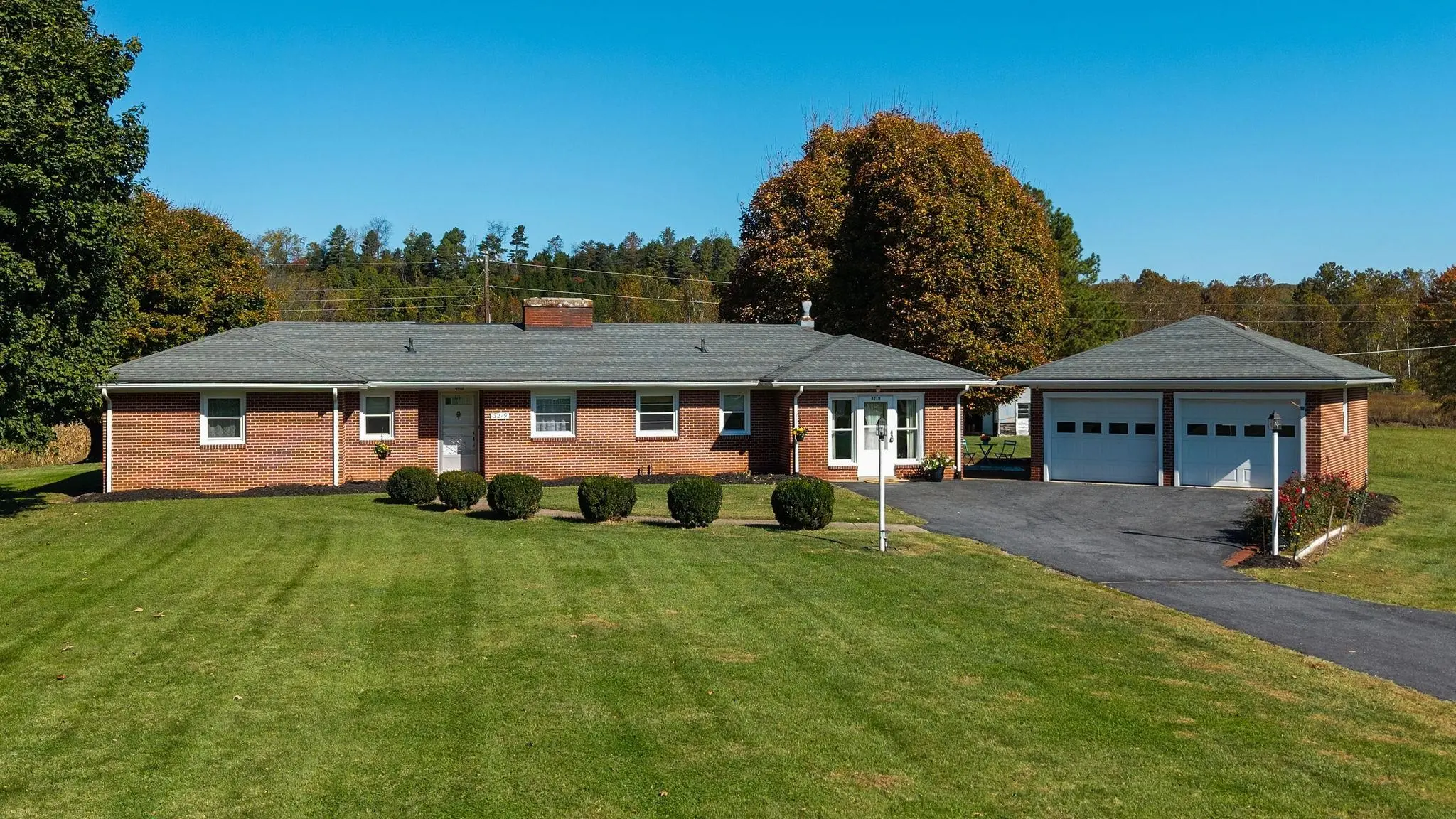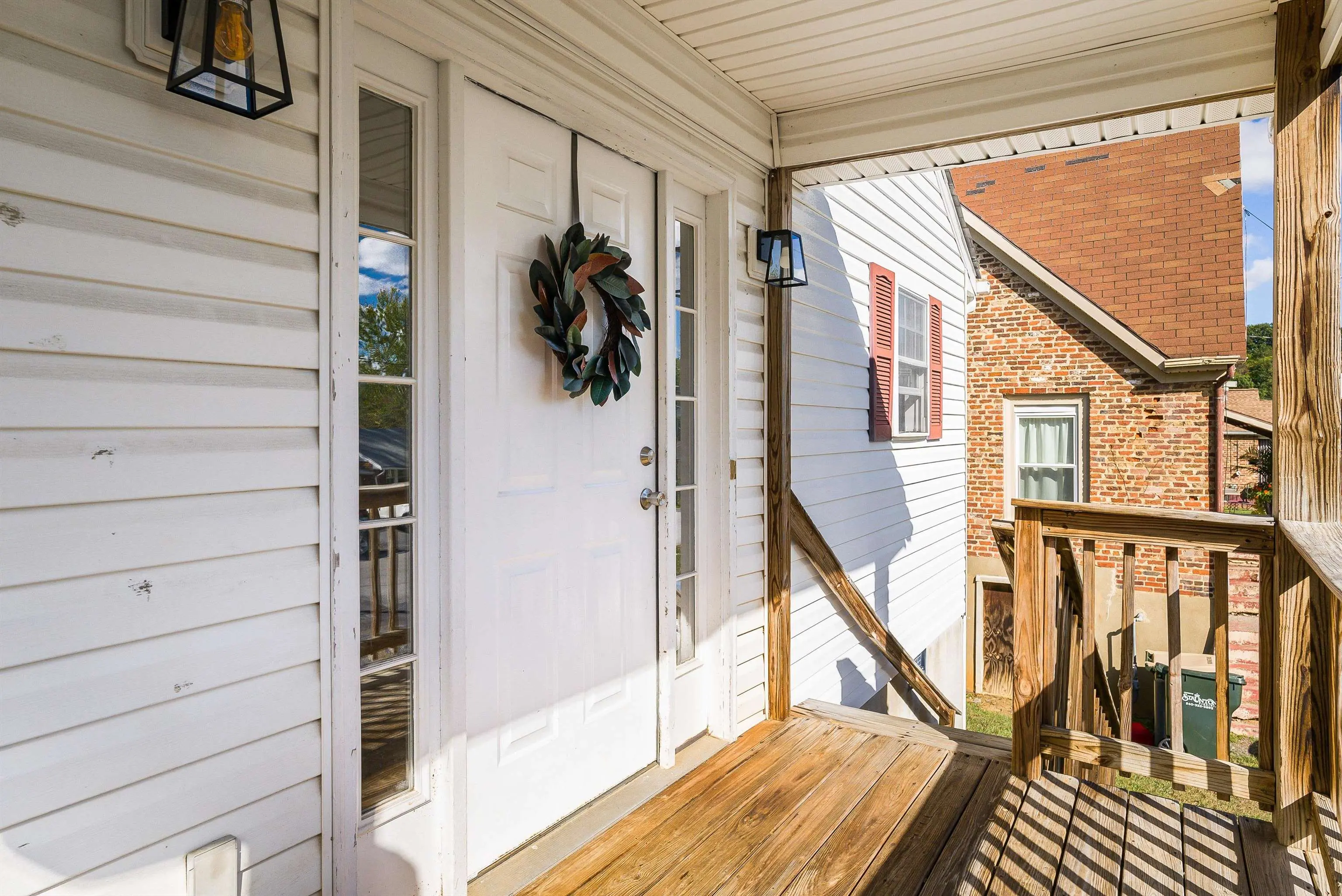Staunton Homes For Sale
More about Staunton, VA
In 1922 the Richmond Times-Dispatch called it the Shenandoah Valley’s “Queen City” and in the decades since Staunton (pronounced Stan-ten) has shown plenty of reasons to justify such a title. It’s a place where the past has been preserved, yet the future planned for - a small town that has gotten international attention as a center for business, education and the arts that belies its size.
In 1732 John Lewis, an Irish immigrant, who was one of the first European settlers in Augusta County, set up a homestead near what is now Staunton. Four years later a Virginia planter named William Beverley was granted nearly 120,000 acres by the colony’s governor, which became known as the “Beverley Manor.” Part of Beverley’s agreement required him to have the land settled, so he began to encourage people to come to the area. A small community grew up around the mill that Beverley built and the area became known as Beverley’s Mill Place.
In 1747 a town was established and the name “Staunton” was chosen in honor of Lady Rebecca Staunton, wife of then Lieutenant Governor Gooch. Staunton became the seat of Augusta County, which in the mid-18th century stretched all the way to the Mississippi River, making the town an important center for government and trade.
Staunton played an important role in the American Revolution. In June of 1781 the town temporarily became the capital of Virginia when British forces forced the Virginia Assembly to flee across the Blue Ridge Mountains. The historic Trinity Episcopal Church, the oldest church in Staunton and then known as the Augusta Parish, is where they met for 16 days.
The railroad came to Staunton in 1854 and business and industry boomed. The downtown area became filled with factories that turned out products from carriages to organs. The thriving town on the railroad became a target during the Civil War. In 1864 Union forces raided the town, destroying the railroad track and burning the downtown warehouse district.
Staunton recovered from the war’s damage and once again began to grow and prosper and industry again flourished. In 1871 it was incorporated as an independent city and in 1908 the city’s government developed the system of a hired city manager and elected council, a system that would be adopted by cities across the U.S.
The 20th century brought more changes to Staunton. During the 1960s and ‘70s Staunton became caught up in the tide of urban renewal that was sweeping the country and began to tear down it old buildings and replace them with modern architecture. However, unlike other communities the residents of Staunton realized the value of their history and worked to preserve it. When you walk through Staunton’s downtown you will find many examples of 19th century Greek Revival and Gothic Revival architecture. Much of Staunton’s notable architecture is the work of T.J. Collins, who designed over 200 buildings throughout the town, including the downtown courthouse and St. Francis Catholic Church. One of the city’s cornerstone projects was the revitalization of the historic Stonewall Jackson Hotel, a Colonial Revivalist structure built in 1924 and re-opened as a hotel and conference center in 2005 after a $21 million dollar renovation.
If you climb one of Staunton’s numerous hills and look towards the downtown skyline one of the first features that catches your attention is the number of steeples that rise above the roof tops. Staunton’s churches are both historic and thriving.
It was a church that brought one of Staunton’s most famous residents. The future 28th President of the United States, Woodrow Wilson, was born in Staunton in 1858 while his father was serving as the minister of the town’s Presbyterian church. Wilson’s birthplace, the church’s parsonage, has become the Presidential Library and Museum.
Education has always been a big part of Staunton, as well. In 1842 the Augusta Female Seminary, an all-women’s college affiliated with the Presbyterian Church, was established in the town. Renamed Mary Baldwin College in 1895 after a prominent principal, the school grew into the 21st century as a private, liberal arts school for women. In 1844 an all-girls’ school called The Virginia Female Institute was founded in Staunton. The private K-12 school is still in existence, now co-educational and re-named Stuart Hall after the wife of General J.E.B. Stuart who served as the school’s director in the late 19th century. The Virginia School for the Deaf and the Blind was established in Staunton in 1846 and over a century and a half later is still serving students with disabilities who come from around the state.
Local industry varies from food processing to high tech manufacturing. Augusta Health, an award winning regional hospital is one of the area’s top employers and draws in patients from outside the county. The city stays connected to the rest of the country and the world through two proximate interstate systems, a downtown Amtrak station and a nearby regional airport.
Staunton has propagated a thriving cultural and artistic scene. The Frontier Culture Museum is a living history exhibit that showcases the housing and lifestyles of early American settlers. In 2001 the American Shakespeare Center opened their re-creation of the Blackfriars Theatre and quickly became an internationally recognized center for the performance and scholarship of Elizabethan theater. From music festivals to farmers’ markets there’s always something going on in Staunton.
Staunton’s downtown also harbors a unique blend of culinary and retail opportunities with locally run shops and boutiques and award winning restaurants whose ingredients come straight from area farms.
Situated in the central Shenandoah Valley Staunton is in the middle of some of the best natural areas on the East Coast. To the east lies the Shenandoah National Park, Appalachian Trail and the Blue Ridge Parkway and to the west the George Washington National Forest, one of the largest areas of public land in the eastern United States. Local streams and rivers attract anglers from around the world and the nearby mountains hold some of the top ski resorts on the East Coast.
Today the city of Staunton has a population of 24,000 and encompasses 20 square miles. The city’s public school system has five schools and is one of the city’s top employers. Following the council-manager system that it introduced to the world Staunton’s government is run by an elected council.
Nowhere else can you find this blend of culture and industry, history and progress, which is why Staunton still holds the title as the premiere city in the Shenandoah Valley.
Grottoes, VA
- Date established: 1747
- Current population: 24,000
- Physical size: 20 square miles
- Police force: Staunton Police Department – 50 sworn officers
- Largest local employer: Western State Hospital
- Claim to fame: Birthplace of Woodrow Wilson, 28th President of the United States
















